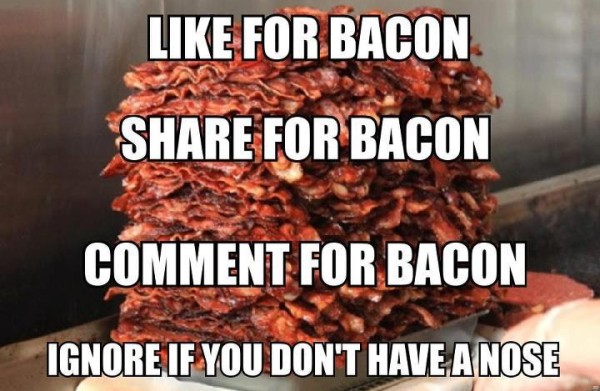
US researchers believe it’s possible to put all smells into 10 rough categories. But it remains difficult to objectively measure or even describe a smell.
While we can do a relatively decent job of measuring light and color, or of measuring pitch and volume, scents are a trickier proposition. Although taste falls into five main categories (sweet, sour, salty, bitter, umami), smell appears to be much more diverse. That’s not just an issue for perfume manufacturers, but for food as well: it’s the combination of taste and smell that makes up flavor, as you’ll know if you’ve eaten while having a particularly heavy cold.
Professor Jason Castro of Bates College in Maine, and Prof Chakra Chennubhotla, of the University of Pittsburgh, have been exploring the subject and detail their findings in a paper called “Categorical Dimensions of Human Odor Descriptor Space Revealed by Non-Negative Matrix Factorization.”
Their starting point is to look at the way we see colors. Although differing colors are “created” by different wavelengths of light that could potentially be broken down into countless variations, humans usually perceive different colors as a few basic categories with varying shades. It’s possible to look at a particular wavelength and predict the general color that a majority of people would describe it as.
So far, that’s not been the case with scents. Although we know that humans generally “smell” a strawberry as being different to vinegar, it’s difficult to even attempt to quantify that difference.
Castro and Chennubhotla’s work involved crunching the numbers thrown up by 1980s research by Andrew Dravnieks who put together varying chemical compounds, asked test subjects to describe the smell of the results, then looked for common patterns in the words they used. He found that even among a large group, the descriptions were remarkably consistent.
Using this data, the researchers have created what they call a 10-dimensional representation of “olfactory space” — in effect, the equivalent to the range of light wavelengths or soundwaves that affect what we perceive as color or sound.
Their theory is that it could be possible to categorize all smells as being a particular combination of 10 smell factors, namely:
The researchers say their next goal is to use this theory to explore whether its possible to predict how a particular compound will smell to humans, based solely on its chemical structure.
Ol' MagDonkle Had a Farm is the Fallout version of Old MacDonald Had a Farm…
https://youtu.be/5520YBTAeWg?si=PHo1_oxSma4i0f_w Behold the ultimate fusion of past and future as Supercar Blondie unveils the TMC-12x:…
Dustin Ballard of 'There, I Ruined It' Strikes Again! What happens when The Beach Boys'…
Diamond are hard to draw, especially when representing them in 3D on a sheet of…
For today’s edition of “Deal of the Day,” here are some of the best deals…
The tension surrounding TikTok's fate in the United States has hit a critical point as…